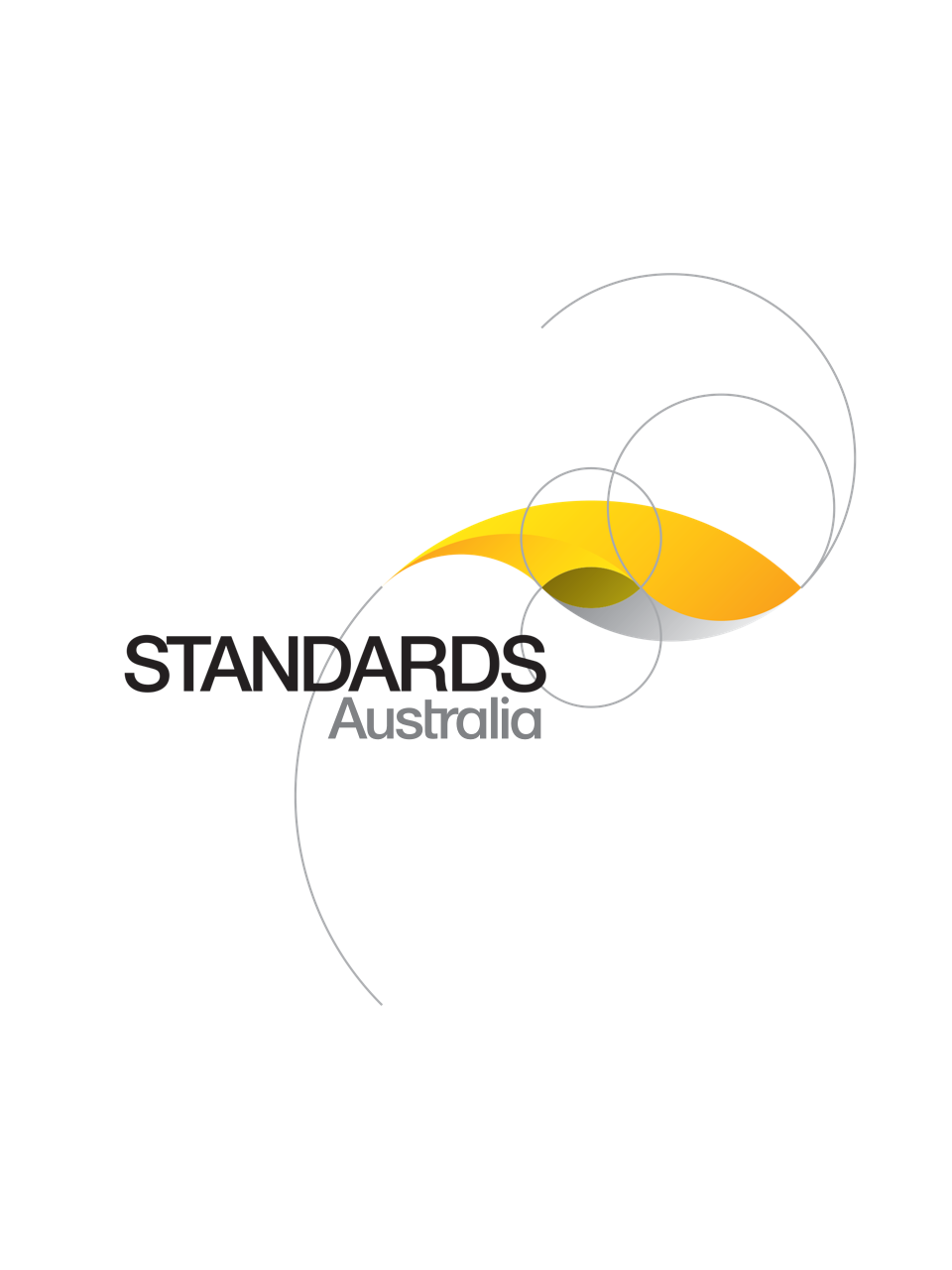Standard
Track updates
AS ISO/IEC 5207:2024
[Current]Information technology - Data usage - Terminology and use cases
AS ISO/IEC 5207:2024 identically adopts ISO/IEC 5207:2024, which specifies terminology and use cases for data use, sharing and exchange
Published: 20/12/2024
Pages: 54
Table of contents
Cited references
Content history
Table of contents
Header
About this publication
Preface
Foreword
Introduction
1 Scope
2 Normative references
3 Terms, definitions and abbreviated terms
4 Abbreviated terms:
Annex A
A.1 Introduction to use case template
A.1.1 General
A.1.2 Use case name and overview
A.1.3 Domain areas
A.1.4 Objectives
A.1.5 Narrative
A.1.6 Data lifecycle stages
A.1.7 Figures
A.1.8 Stakeholders and stakeholder considerations
A.1.9 Data characteristics
A.1.10 Key performance indicators
A.1.11 Challenges and issues
A.1.12 Societal concerns
A.1.13 Data security, privacy and trustworthiness
A.1.14 Key insights
A.2 Use case template
Annex B
B.1 Use case 1: Online education analytics
B.1.1 General
B.1.2 Use case name and overview
B.1.3 Domain areas
B.1.4 Objectives
B.1.5 Narrative
B.1.6 Data lifecycle stages
B.1.6.1 General
B.1.6.2 Extraction and de-identification
B.1.6.3 Privacy risk assessment
B.1.6.4 Analysis and Reporting
B.1.7 Figures
B.1.8 Stakeholders and stakeholder considerations
B.1.9 Data characteristics
B.1.10 Key performance indicators
B.1.11 Challenges and issues
B.1.12 Societal concerns
B.1.13 Data security, privacy and trustworthiness
B.1.14 Key insights
B.2 Use case 2: Government led COVID-19 case data publication
B.2.1 General
B.2.2 Overview
B.2.3 Domain areas
B.2.4 Objectives
B.2.5 Narrative
B.2.6 Data lifecycle stages
B.2.7 Figures
B.2.8 Stakeholders and stakeholder considerations
B.2.9 Data characteristics
B.2.10 Key performance indicators
B.2.11 Challenges and issues
B.2.12 Societal concerns
B.2.13 Data security, privacy and trustworthiness
B.2.14 Key insights
B.3 Use case 3: Cross government agency data sharing to support human services system reform
B.3.1 General
B.3.2 Use case name and overview
B.3.3 Domain areas
B.3.4 Objectives
B.3.5 Narrative
B.3.5.1 Overview
B.3.5.2 About the data
B.3.5.3 Creating the HSDS
B.3.5.4 Governance
B.3.5.5 Privacy
B.3.5.6 Public interest directions
B.3.5.7 Their futures matter — Public interest directions
B.3.5.8 Future plans for the data
B.3.6 Data lifecycle stages
B.3.7 Figures
B.3.8 Stakeholders and stakeholder considerations
B.3.9 Data characteristics
B.3.10 Key performance indicators
B.3.11 Challenges and issues
B.3.12 Societal concerns
B.3.13 Data security, privacy and trustworthiness
B.3.14 Key insights
B.4 Use case 4: User specific data
B.4.1 General
B.4.2 Use case name and overview
B.4.3 Domain areas
B.4.4 Objectives
B.4.5 Narrative
B.4.6 Data lifecycle stages
B.4.7 Figures
B.4.8 Stakeholders and stakeholder considerations
B.4.9 Data characteristics
B.4.10 Key performance indicators
B.4.11 Challenges and issues
B.4.12 Societal concerns
B.4.13 Data security, privacy and trustworthiness
B.4.14 Key insights
Annex C
C.1 General
C.2 Applying a control environment to a data project
Bibliography
Cited references in this standard
